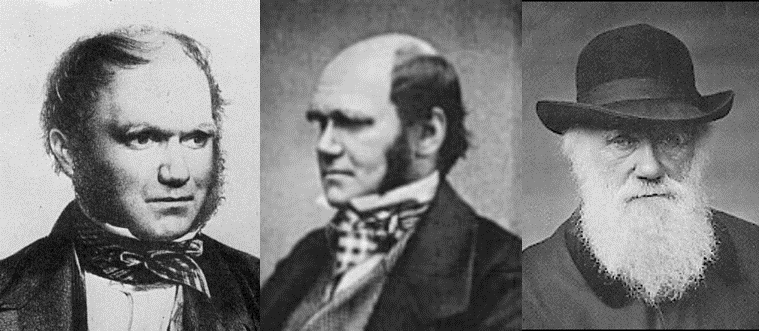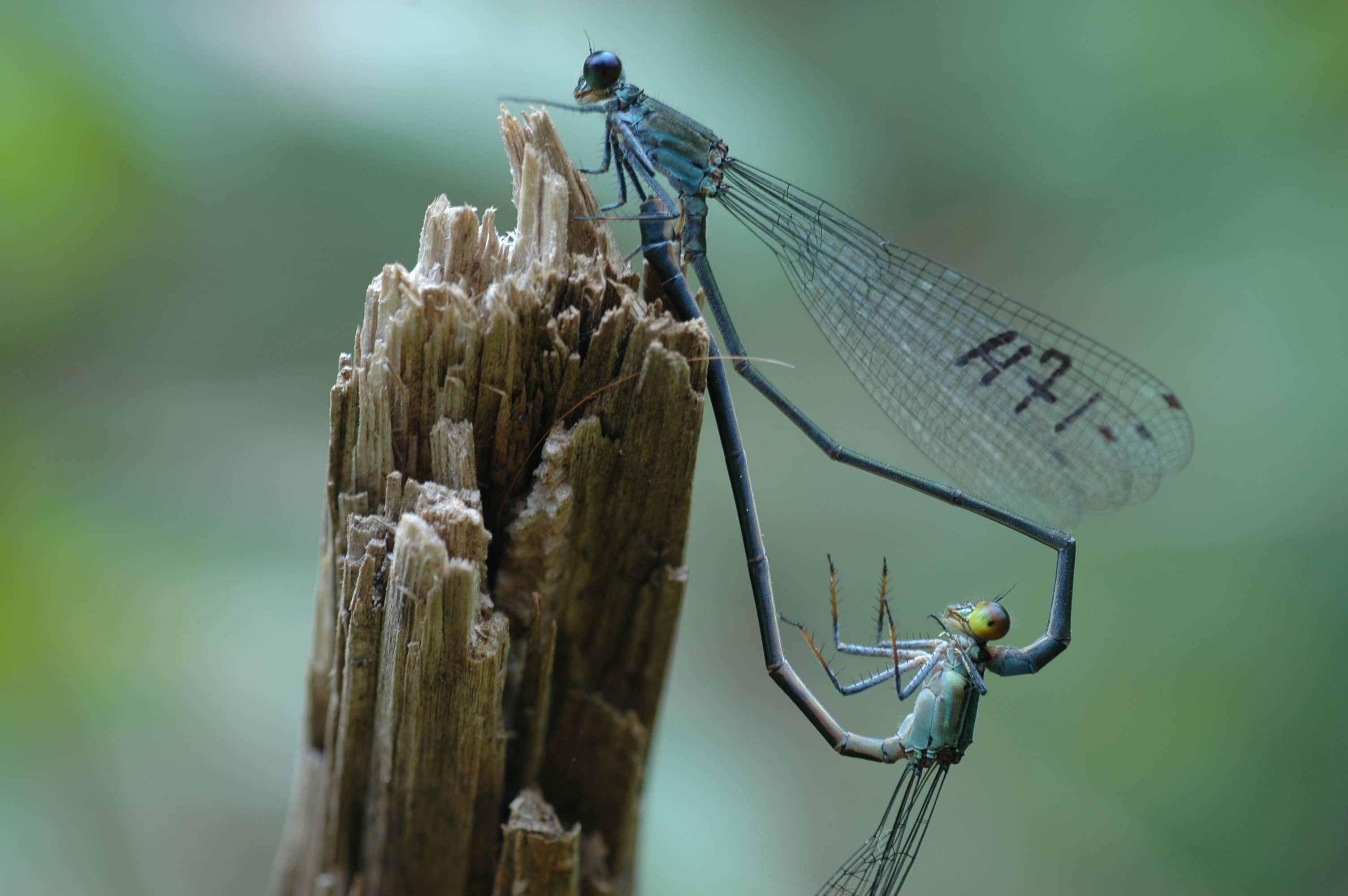Notice:
This event occurs in the past.
The Evolution of Ageing
Friday, September 20, 2019 from 10:00 am to 11:30 am
- In-person event
- RO, Carleton University
- 1125 Colonel By Drive, Ottawa, ON, K1S 5B6
- Contact
- Kim Hellemans, kim.hellemans@carleton.ca
Presented by Tom Sherratt, Department of Biology
Abstract
We are all familiar with the gradual breakdown of our bodies as we get older. In humans, this deterioration collectively manifests itself as an exponential increase in the probability of dying with chronological age. It is not just well-protected humans and our pets that show signs of ageing either.
Although it was once believed that wild animals do not live long enough to exhibit senescence, it has now been reported in a wide variety of taxa including short-lived insects and even bacteria. This raises an important problem: surely any set of genes that enhanced an individual’s longevity would be promoted by natural selection? While gerontologists have long tackled how we age from a mechanistic point of view, here I address the more fundamental question of why we age at all.

First, I show evidence of ageing in wild populations of insect (damselflies and butterflies) and show how we can use modern phylogenetic methods to help test theories as to why some species age more quickly than others. Second, while early evolutionary theories argued that ageing arises for the good of the group, I review contemporary theories of ageing and present my own mathematical model based on evolutionary “reliability theory”. Finally although popular science writers have repeatedly argued that all organs of our body should be selected to fail at approximately the same time, I show that this is demonstrably not the case and attempt to explain why. Senescence is phenomenon of immense social and ecological importance and understanding why it occurs may provide some insights as to how we can tackle it.

About Prof. Sherratt’s Research

Research in Prof. Sherratt’s laboratory centres on two main themes (a) the evolution of “weird” behavioural and morphological traits – such as cooperation among non-relatives and conspicuous warning signals and (b) how individual behaviour helps to shape the spatio-temporal dynamics of populations – such as the way the behaviour of individuals on encountering landscape features can help generate travelling waves.
Approximately half of the research conducted in the lab is of a theoretical nature. However we also conduct experimental research to complement and inform this theory. For instance, working with colleagues in the UK we have investigated density-dependent and sex-specific foraging behaviour of the northern gannet the dispersal behaviour of dragonflies and the use of tropical butterfly communities as indicators of ecological change.
Recent new interests include using artificial life systems to help test specific theories of the evolution and maintenance of warning signals, and the development of neural network models to quantitatively assess the extent of similarity between models and mimics. Visit his lab website to learn more.